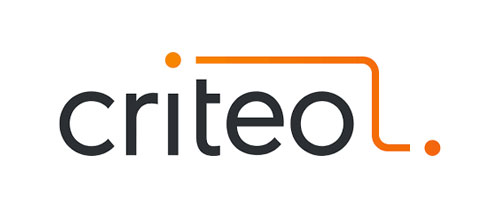How to Write a Blog Post in Under an Hour ?
Thanks to synthetic content
Thanks to synthetic content
Cette vidéo et le texte ci-dessous ont été réalisé à l’aide d’intelligence artificielle, par l’agence 3h33.com spécialiste du synthetic content.
Si vous souhaitez en savoir plus sur nos avatars : Cliquez-ici
Et si vous souhaitez nous contactez pour en discuter : Cliquez-ici
A synthetic content, a content which is made purely through AI and machine-generation. First of all, not every synthetic content is a fake news and vice versa. Secondly, it is almost impossible to determine whether a given piece of content is synthetic, especially if it was generated in a narrow knowledge domain. Hence a basic criterion for evaluating a piece of content should be its quality and whether it’s true or not.
What is synthetic content?
Synthetic content is content produced by a machine and not by a human (although humans might be involved in the design, production, and publishing of the content, they are not the driving force behind its production). A relatively new development in the world of content creation, synthetic content consists of two types: Fake news : content which is fabricated based on knowledge and belief to mislead the public. – content which is fabricated based on knowledge and belief to mislead the public. Artificial intelligence-generated content: content which is made completely by AI and has no human role at all. It includes not only news articles, but also content that is normally generated by humans such as photos, advertisements, etc. Tin-foil hat time!
Different types of synthetic content
Suspicious content Suspicious content is what Google started to filter out in the early days of the previous algorithm update. It includes fake and misleading news, as well as accounts and content which were identified as likely to be bots or “inauthentic” by third-party services. Facebook implemented a similar filter in late 2017, and while some commentators have described this as an attempt to suppress populist news, it is not clear that the filter is even achieving this result. Unprofessional Unprofessional content usually refers to content with spelling or grammar errors, content which was produced using unusual writing styles or vocabulary, or content which looks or smells suspiciously like something created by a bot (for instance, with obvious automation).
Synthetic content in the marketing industry
The content we have been discussing so far has been limited to creating content in limited domains. That means a self-employed and creative marketing person (a writer or copywriter) might create content in these limited domains without realizing its structure and applicability. This is where artificial intelligence in particular can potentially benefit. There are many useful algorithms that can help an SME marketer manage their content. One such algorithm is Textio.com, which is aimed to generate natural language summaries of all available content in their chosen domain.
Quality is more important than quantity
In the world of words, there is a very well known heuristic that the quality of a word and its derivatives is overrated: “If you think that the word is sufficiently strong, then you should put more emphasis on it.” This maxim means that it is usually more important to build strong, original content than to publish large amounts of spammy content, each one of them covering the same topics. We recommend choosing one or two strong, valuable topics and go for them with unlimited energy. This way your content will be highly distinctive and unique and will become a fundamental part of your online presence, giving it a chance to become a reference point for your industry. It is less important that a post is popular and gets a lot of comments, likes and shares on social networks.
Conclusion
The key to maintaining quality and not losing your integrity in the face of an ever-expanding artificial intelligence system’s ability to analyze and understand language, which is still in its infancy, is to be committed to your own analysis, and be aware of your value proposition and the uniqueness of your content. Be aware that the more you ‘curate’ content, the less likely you will get it right and it will become harder for you to determine whether it is true or not. Content that requires human judgement is not enough.
































